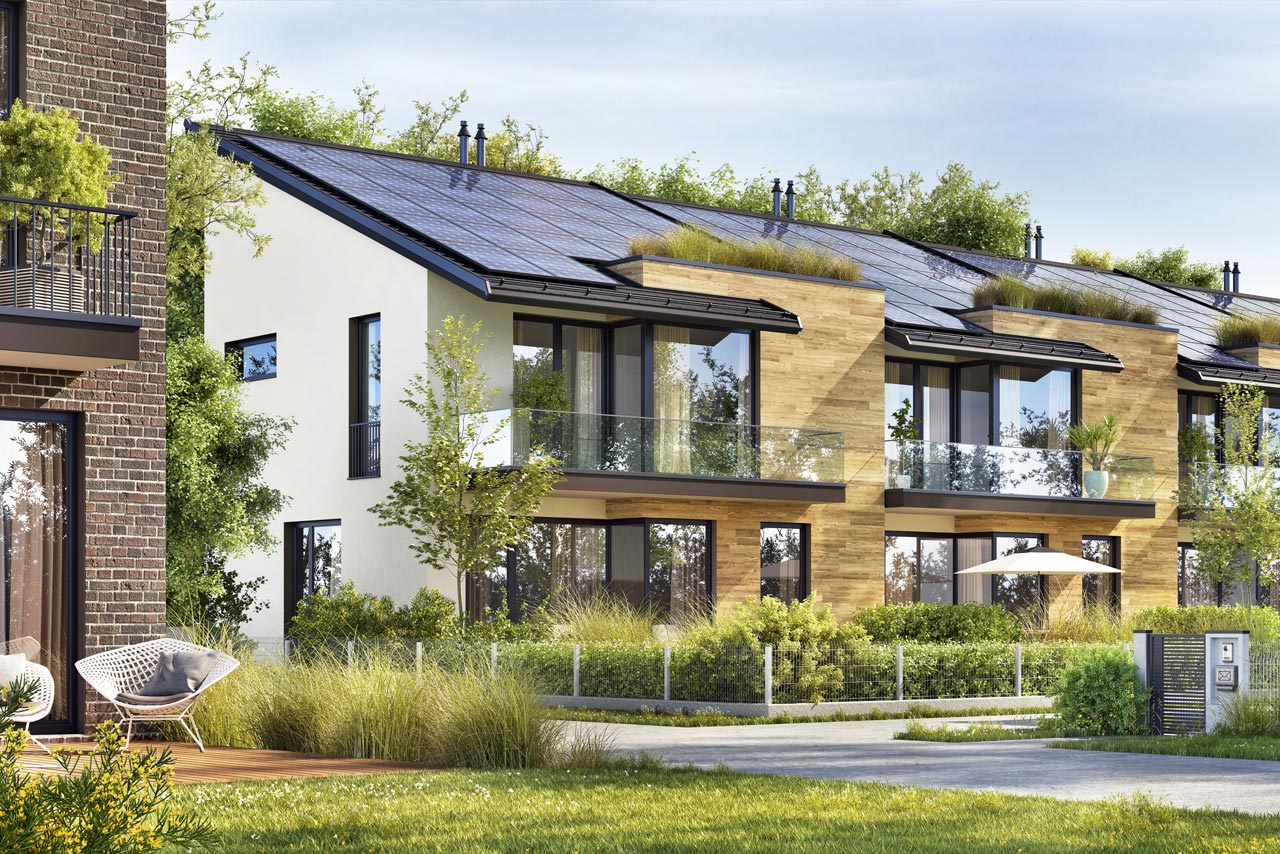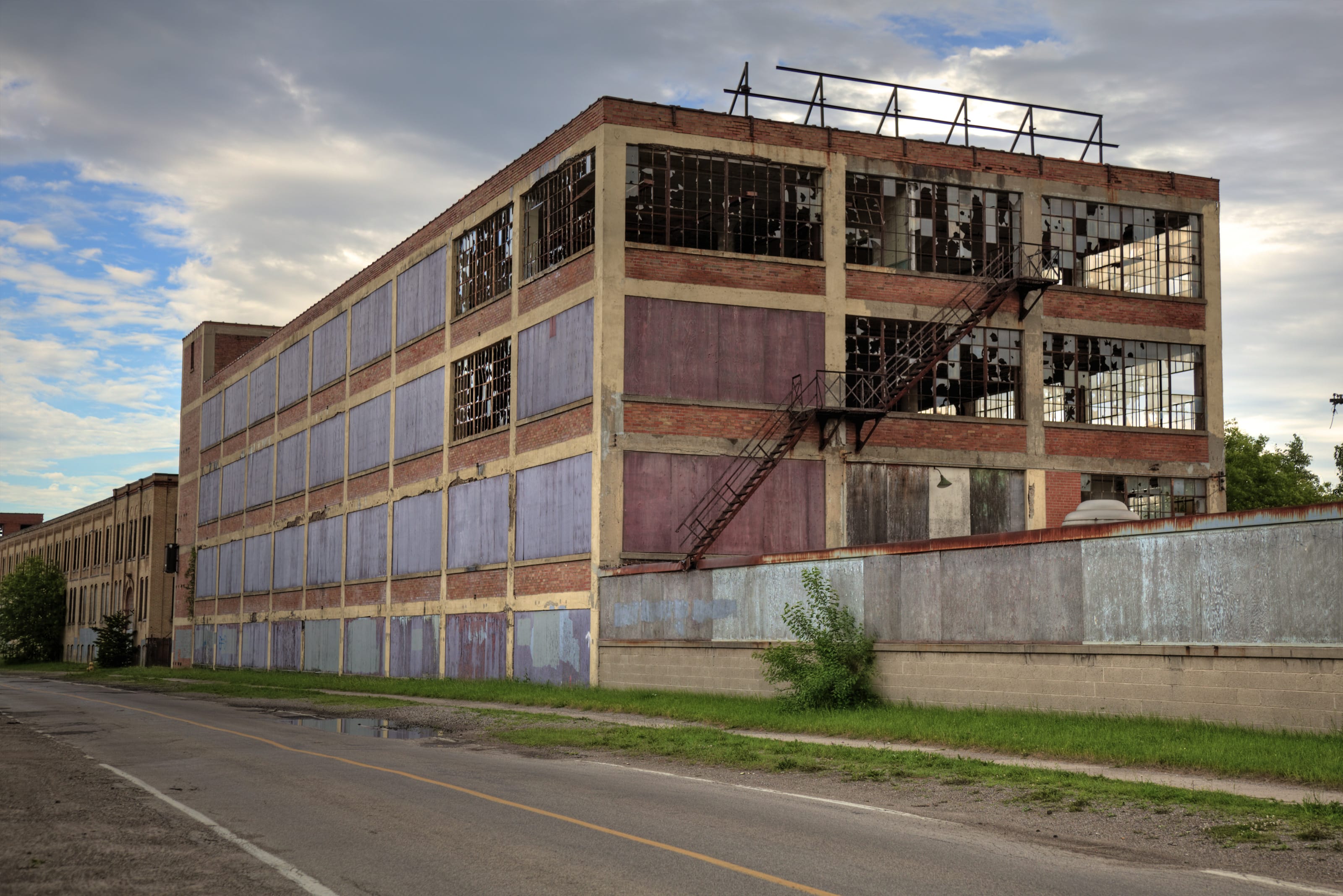Affordable Housing, Objector Objectivity
Article written by:
Sian Griffiths
This month I have been motivated to muse about public feedback on affordable housing proposals: before we’ve submitted the application and after it's gone in.
As a profession, we are encouraged to engage with the public before submitting planning applications, particularly major schemes that will have (presumably) a much larger scale impact.
This is to be supported generally, as ‘knowledge is power’ and it’s a good thing to know what might be coming to a ‘neighbourhood near you’. Sometimes, we can get invaluable feedback from local people, because they’ve lived there a long time and have a particular insight that cannot be gleaned from our environmental specialists.
But (and it’s a big but) and with alarming regularity, we do see the same responses day in day out from people who seem to have a bee in their bonnets about social, or affordable housing. The terms are interchangeable, but essentially mean housing for those who are currently locked out of market housing, due to a lack of affordability. Typically, these can be a mix of rent to buy, discounted market affordable (fixed equity), shared ownership, affordable rent or social rent. I for one am appalled at some of the assumptions the respondents have made about the future occupiers of these new homes, and how they seem quite unafraid to share their prejudices with us. This feeling seems to be underpinned by the representation by the national media of people in affordable housing as being somehow less deserving.
The truth of the matter lies in the statistical evidence, which is incontrovertible and overwhelming. With 1.1 million people in housing waiting lists across the country (that’s just those that have put themselves onto a waiting list and may hide a number of people who are precarious or hidden homeless), there is little doubt that the housing crisis rolls on.
The ONS publish data on housing affordability and since 1997, most authority areas have experienced a significantly worsening of affordability. As an example, Wychavon District (the authority where our offices are based) has seen the median house price to median gross annual income grow from 4.65 (1997) to 9.82 (2018). That’s a requirement of nearly 5 times the median salary to nearly 10 times in the space of just 23 years in order to afford a house of ‘median’ price. The data for 2019 has yet to be released, but it is expected to show a continuing bleak picture.
The polarisation between support for affordable housing development and the perception of affordable housing development as attracting anti-social residents is a relatively recent concept in my view. Twenty years ago, such new developments would not have attracted the same level or degree of objection, but that might be the rose-tinted spectacles. It might also be the case that such developments were not as widespread as they are now.
Planning Magazine this month (The Planner, March 2020) reports on the ‘silent majority’ in favour of housing development, referencing the findings of the latest British Social Attitudes Survey (BSA) which is run by the National Centre for Social Research annually. Each year it asks 3,000 respondents a range of questions. Some 57% were reported as being supportive of more homes being built in the local area. However, there appears to be a caveat where investment in public transport and other community infrastructure such as healthcare would be required in order to secure further support for housing growth.
A recent consultation process we worked on yielded some (albeit minority) feedback which can only be described as inflammatory and bigoted, but as it was anonymised, I’m guessing that respondents felt more emboldened by this. The deep-seated concerns of some people are also borne out in the way in which some parish and town councils will resist proposals on the basis that they do not agree that there is any need for affordable housing, despite overwhelming evidence to the contrary. The BSA identifies that ‘older people and rural residents – are apt to be more hostile [to new housing proposals] than others’. Indeed retired people are more likely to oppose housing schemes (43%) than any other cohort.
Clearly, more work needs to be done to better explain and demonstrate how more affordable housing, not less, contributes positively to sustainable communities. That worth and value of people should not be determined on the basis of the size of house they can afford, or if indeed they can afford to buy a home at all. Skilled workers in significant numbers can often only be found where they have the housing opportunities and, with no sense of irony whatsoever, the lack of skilled construction workers continues to compound the rate at which housing can be delivered.
Because of what are seen as failures by the private rented sector, it is clear that affordable housing development is here to stay and will (and indeed, it must) be ramped up in light of the lack of new ‘council housing’ being built by local authorities. There should therefore be a stronger push towards getting wider society to accept it as part of the mainstream and myriad housing options available to the community. Not to enable ‘value judgments’ of its occupiers or resisting it as a means to keep house prices high for those who wish to kick the ladder away. Perhaps those affordable housing customers should become more involved in the planning process in the first place? Perhaps if more attended planning committees and showed their support, it would become easier for local politicians to see the need instead of looking at faceless numbers in reports?
Will we have to sacrifice affordable housing to achieve sustainable development?
From a viability perspective, this question could equally be phrased the other way around.
Vacant buildings: obstacle or opportunity?
For developers in towns and cities, vacant buildings are often seen as a constraint as they can impose additional costs upon development, either in terms of their...
How to Ensure a Brownfield Site Has Potential
Let’s assume you have identified one or a number of urban/ brownfield sites that could offer development opportunity.
You now need to ensure each one is viable
Here’s...
5 Key Steps to Getting Your Planning Application Passed
Achieving planning consent is not just about what your scheme looks like, it is about a lot more. The context within which your application is submitted is incredibly...
‘Enabling Development’ – What is it?!
Recently I have been dealing with more cases for 'Enabling Development', either where it has been enforced by a Local Planning Authority to try and restrict development...
Musings on the house price to earnings dataset 2022
Roisin Murphy once sang the somewhat confusing lyrics ‘Never ever enough, it's never enough, is it ever enough when it's just enough?’ back in the heady days of 2001/2...









Leave a Comment